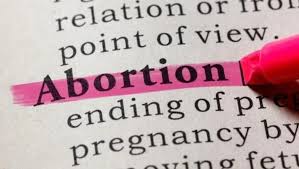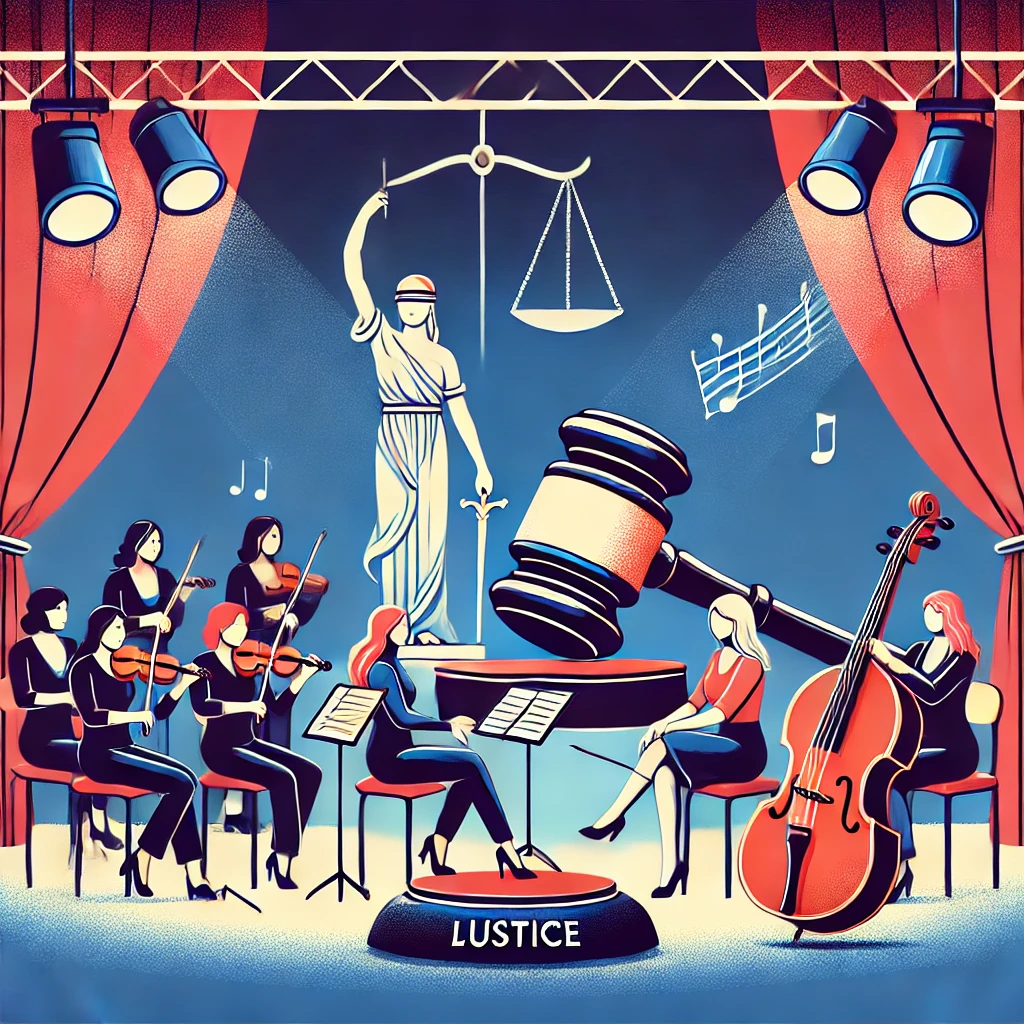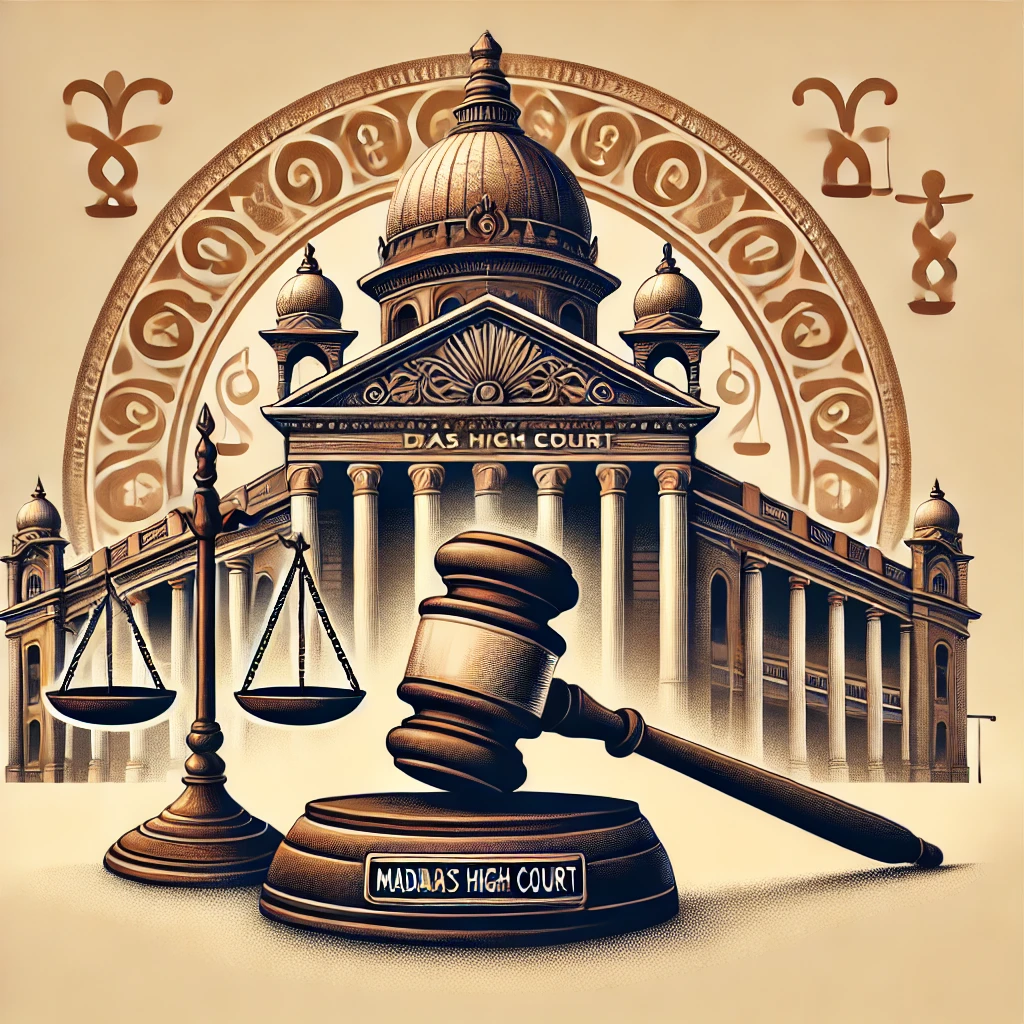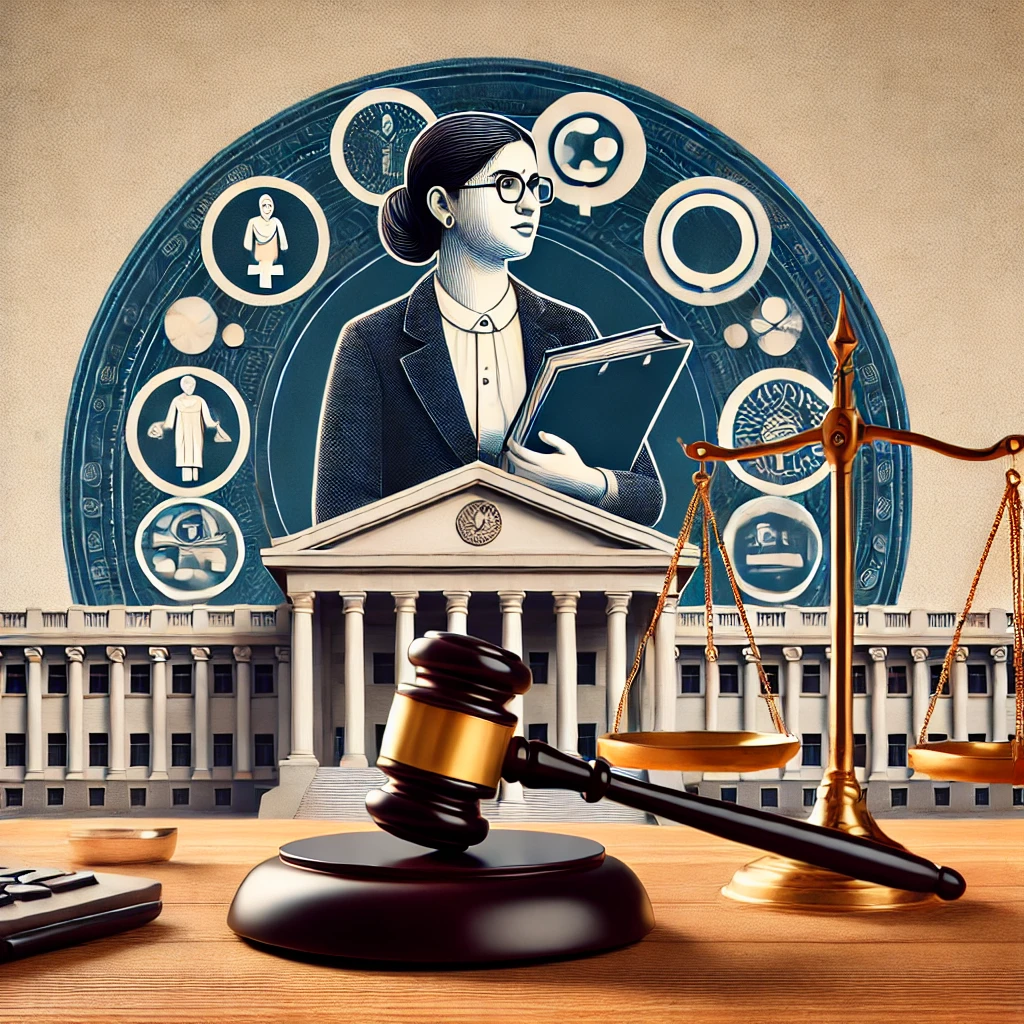Woman laws at United States
In the United States, women's rights are shaped by both federal and state laws, along with a variety of protections enshrined in the Constitution and various landmark legislative acts. Over time, the U.S. has made significant strides toward gender equality, though challenges remain in certain areas. Here's an overview of the key legal protections and issues surrounding women's rights in the U.S.:
1. Constitutional Protections
The U.S. Constitution guarantees various fundamental rights, including equality under the law:
Equal Protection Clause (14th Amendment): This clause ensures that no state shall deny any person the equal protection of the laws, which has been interpreted to include protections against gender-based discrimination.
Voting Rights (19th Amendment): Ratified in 1920, the 19th Amendment guarantees women the right to vote, eliminating gender-based restrictions on voting.
2. Equal Pay and Employment Rights
The Equal Pay Act of 1963 mandates that men and women receive equal pay for equal work in the same establishment. Despite this law, the gender pay gap persists in the U.S., with women, on average, earning less than men.
Title VII of the Civil Rights Act of 1964: This law prohibits discrimination in employment on the basis of sex, race, color, national origin, or religion. It covers hiring, firing, promotions, and other employment decisions.
Pregnancy Discrimination Act: A 1978 amendment to Title VII that requires employers to treat pregnancy, childbirth, and related medical conditions the same as any other temporary disability regarding employment benefits.
Despite these protections, issues such as the gender pay gap, workplace discrimination, and a lack of paid family leave remain significant challenges.
3. Reproductive Rights
The Roe v. Wade decision (1973) legalized abortion across the U.S. by recognizing a woman’s right to choose an abortion under the constitutional right to privacy. However, since 2022, the Dobbs v. Jackson Women's Health Organization ruling overturned Roe v. Wade, allowing individual states to regulate or ban abortion. As a result, access to abortion services has become a patchwork of rights, varying significantly by state.
Contraceptive Access: The Affordable Care Act (ACA) requires health insurance plans to cover birth control with no co-pay for women. However, there are ongoing debates over religious exemptions for employers and institutions that may limit access to contraception.
4. Domestic Violence and Protection Orders
Violence Against Women Act (VAWA): Originally passed in 1994, VAWA provides comprehensive measures for addressing domestic violence, sexual assault, dating violence, and stalking. It ensures federal funding for services like shelters, counseling, and legal support for victims.
Protection Orders: Women who are victims of domestic violence can seek protection orders to prevent abusers from contacting or coming near them. Enforcement of these orders varies by state, but they provide an important legal safeguard.
However, challenges remain in terms of underreporting, difficulty in enforcement, and the need for further resources for victims.
5. Family Law and Child Custody
Marriage and Divorce: Women have the legal right to marry and divorce under equal terms as men. Divorce laws generally allow for equitable division of property, though outcomes can be influenced by state laws and other factors like child custody.
Child Custody: In cases of divorce or separation, both parents are presumed to have equal rights to seek custody of their children. However, women are often more likely to be awarded primary custody, though custody decisions are always made based on the child's best interests.
6. Sexual Harassment and Abuse
Title VII (as mentioned above) also covers sexual harassment in the workplace, and women are legally protected from sexual harassment and retaliation when reporting it.
The #MeToo Movement has brought widespread attention to issues of sexual harassment and abuse in various sectors, from entertainment to business. Legal recourse is available for women who experience harassment or assault, though challenges related to underreporting, credibility, and societal attitudes remain.
7. Political Participation and Representation
Women in the U.S. have the right to vote and stand for office. Women have made significant progress in political representation, with numerous women holding elected offices at the federal, state, and local levels, including in the U.S. Congress and the Supreme Court. However, women remain underrepresented in leadership positions, particularly in high-ranking government positions and corporate leadership roles.
8. Human Trafficking and Prostitution Laws
Trafficking Victims Protection Act (TVPA): Enacted in 2000, the TVPA provides comprehensive measures to combat human trafficking, including victim support services and law enforcement tools to prosecute traffickers.
Prostitution: Prostitution laws vary by state, but in the U.S., prostitution is illegal in most areas, except for certain counties in Nevada where it is legalized and regulated. Women involved in prostitution can face criminal charges, but there are growing movements advocating for decriminalization and better protection of sex workers.
9. Sexual Violence and Rape Laws
The Clery Act (1990) requires colleges and universities to report and address sexual violence and assault cases on campuses.
Federal law defines rape and sexual assault, and states have additional provisions that criminalize various forms of sexual violence. However, there are ongoing issues with victim-blaming, underreporting, and challenges in securing convictions for sexual assault cases.
Challenges and Areas for Improvement:
Despite progress in legal protections, there are ongoing challenges:
Intersectionality: Women of color, LGBTQ+ women, and those from marginalized communities face additional layers of discrimination and barriers to equal treatment.
Paid Family Leave: The U.S. is one of the few developed countries that does not have a national paid family leave policy, leaving many women without financial support during maternity leave or while caring for sick family members.
Access to Reproductive Healthcare: With the overturning of Roe v. Wade, access to abortion has become highly restrictive in some states, and this remains a contentious issue in American politics.
Conclusion:
The U.S. offers robust legal protections for women, especially in areas like employment, reproductive rights, and protection from violence. However, significant disparities remain in terms of implementation, societal attitudes, and the continuing challenges women face, particularly around issues like reproductive rights and gender-based violence. Advocacy for gender equality remains an ongoing effort, with many seeking further reforms to address the remaining gaps in women's rights.
















0 comments